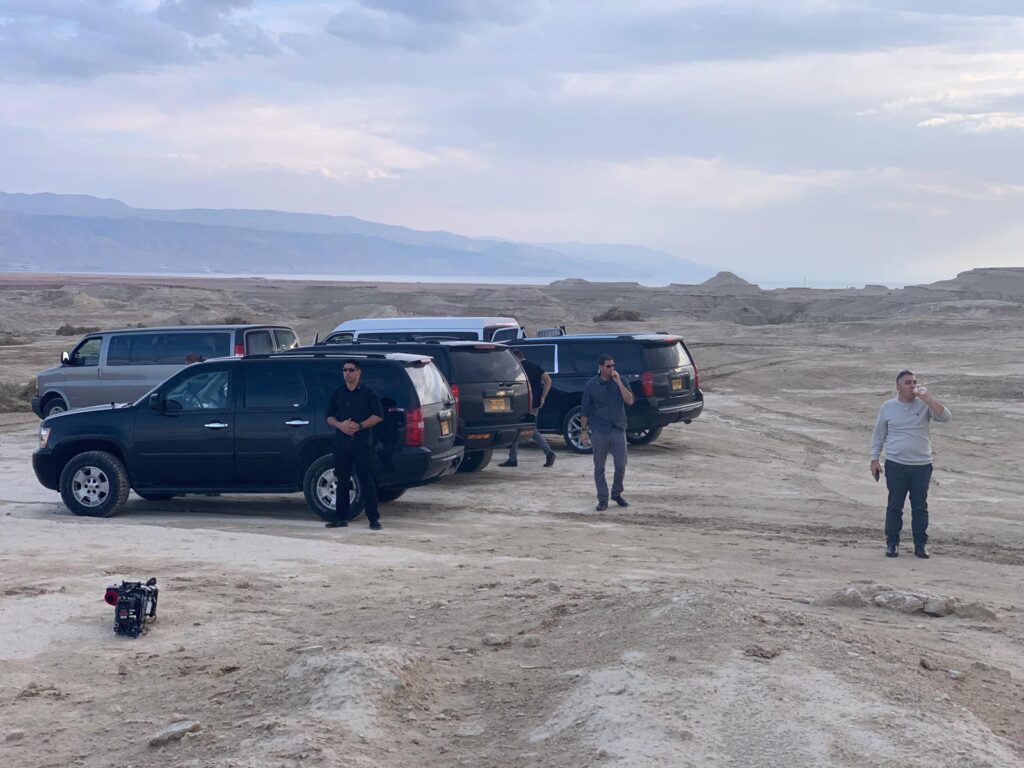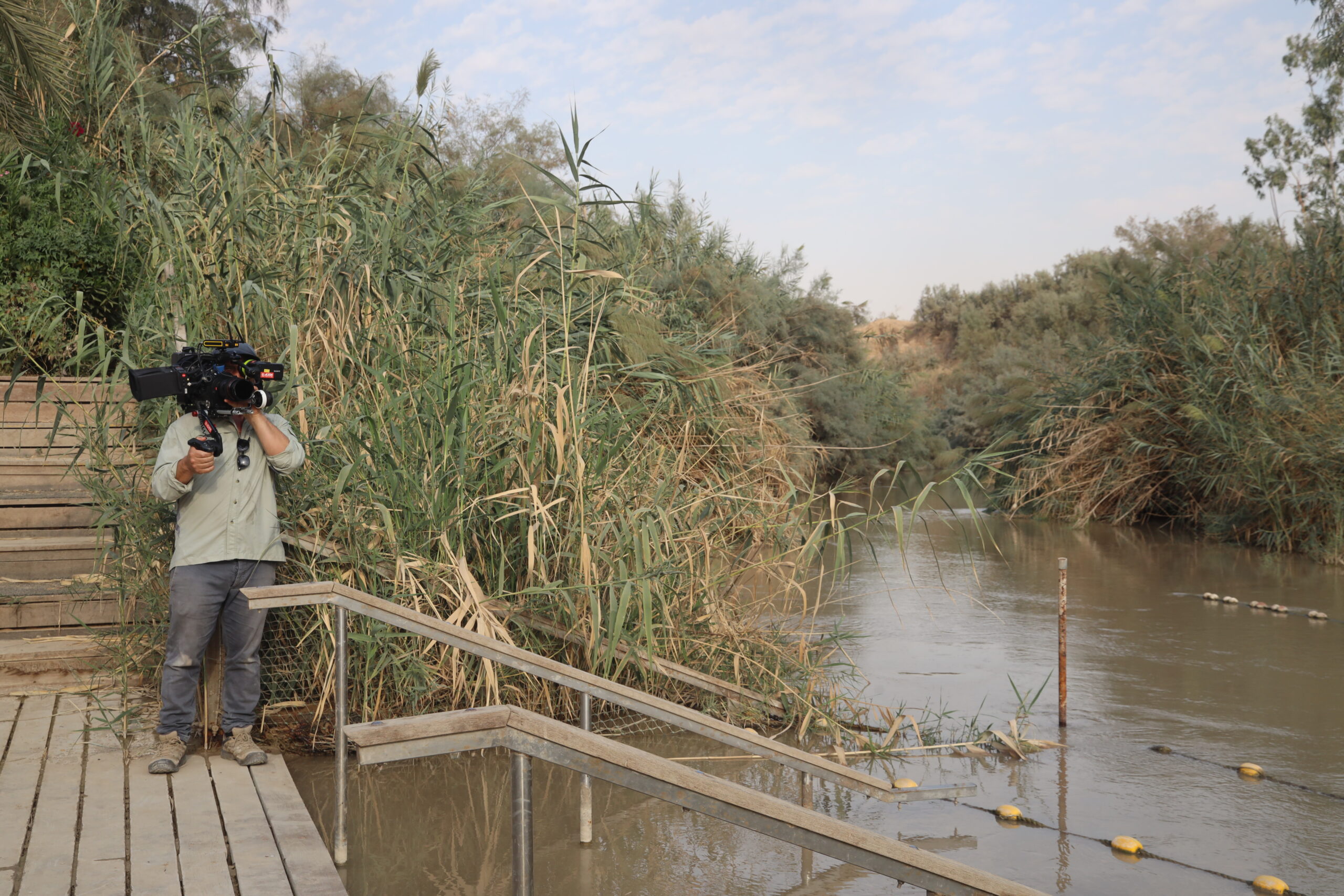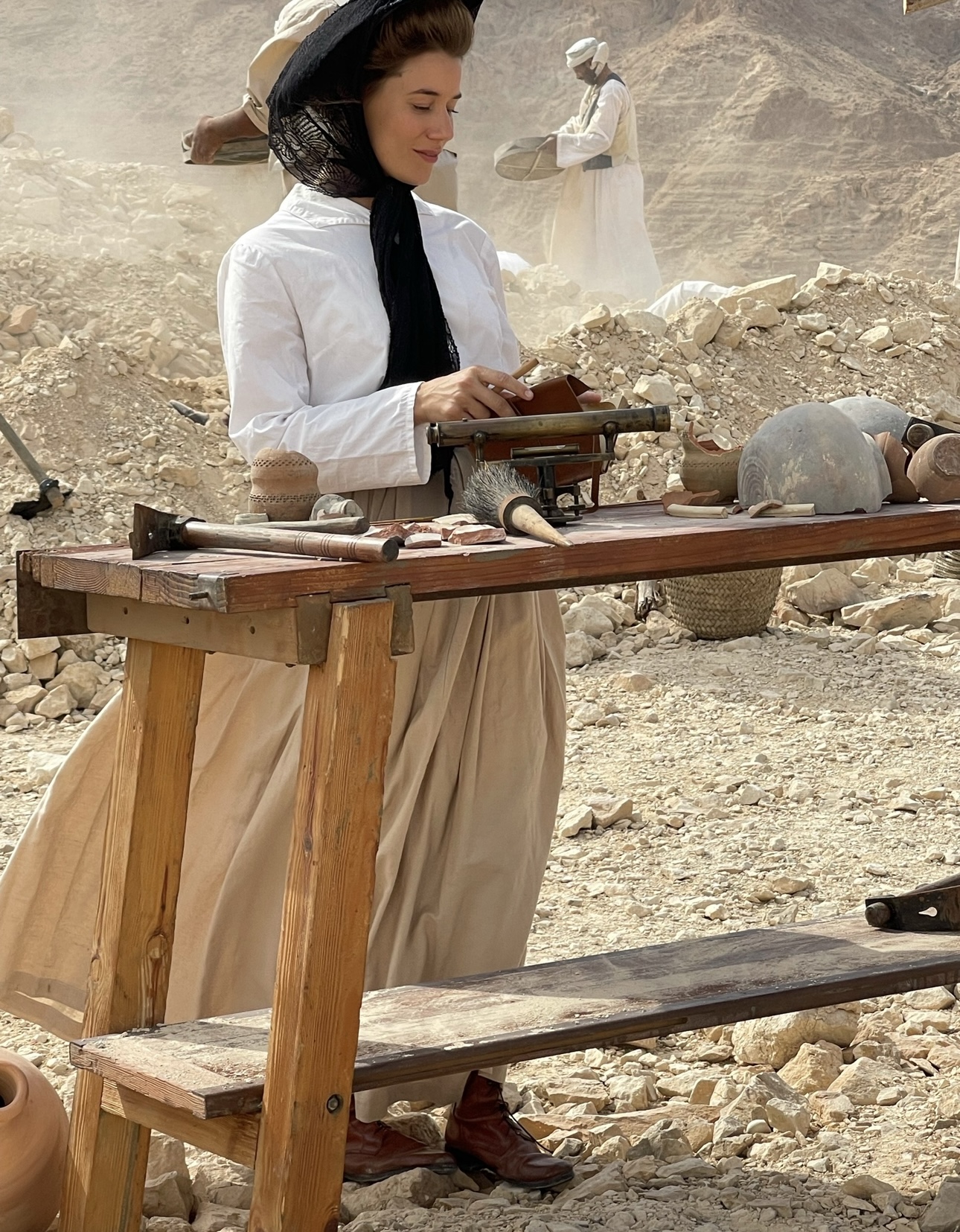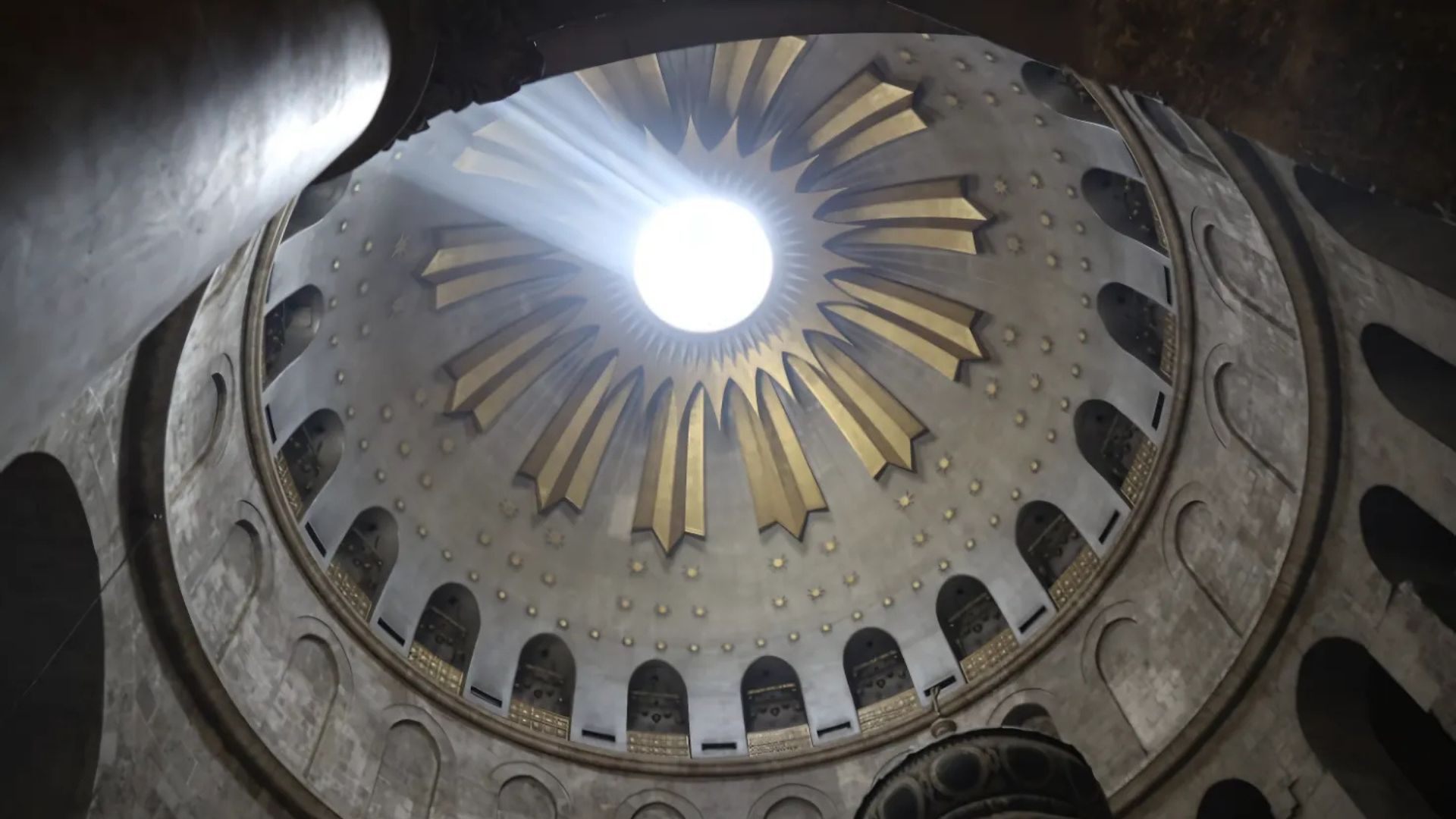Filming in Israel offers unmatched visual and spiritual depth, but even the most seasoned directors can find themselves caught off guard by on-the-ground realities.
Faith-based productions, in particular, often come with tight schedules, emotional scripts, and sacred locations. Knowing what to expect and how to respond, can mean the difference between a frustrating delay and a meaningful day on set.
Here’s a guide to some of the most common filming challenges in the Holy Land, and how experienced crews turn them into manageable (even inspiring) solutions.
1. Navigating Permits and Bureaucracy
The challenge: Permits in Israel aren’t one-size-fits-all. Religious, municipal, and governmental bodies may all have a say, and timelines can stretch unexpectedly.
The solution: Work with a local fixer or production coordinator who knows the right offices and how to present your request in a culturally appropriate way. Starting early, with clearly defined shooting plans, will keep things on track.
2. Sensitive Locations
The challenge: Sites like churches, synagogues, or archaeological zones often require special handling and respect.
The solution:
- Be clear about your purpose: Whether you’re filming a reenactment, a documentary, or a symbolic scene, let stakeholders know exactly what you’re planning. Clarity builds trust.
- Provide visual and textual context: Include script excerpts, reference images, or a mood board to show how the location will appear on screen. להוציא
- Share technical details early: Specify your equipment list, crew size, and planned shooting times. Some sites have limitations on lighting, sound, or gear.
- Show cultural respect: Demonstrating an understanding of the site’s significance — and how you’ll preserve it, can ease the approval process and encourage cooperation.
Respect goes a long way, and in many cases, it’s what opens the door to some of the Holy Land’s most unforgettable filming locations.

3. Language and Communication Barriers
The challenge: While many Israelis speak English, miscommunications on set can still happen, especially when dealing with technical or religious terminology.
The solution:
- Recruit bilingual professionals: Hire crew members or interpreters who are fluent in both English and Hebrew (or Arabic, depending on the region). This ensures clarity not only in conversation but also in on-set directions and cultural nuances.
- Use a culturally fluent production manager: Beyond basic translation, a good production manager acts as a bridge, helping international directors understand local expectations, and vice versa. They can anticipate miscommunications before they arise and resolve them quickly.
4. Unpredictable Weather and Light
The challenge: Israel’s climate can shift quickly, from desert heat to unexpected rain. Natural light, though stunning, changes rapidly.
The solution: Scout thoroughly and plan for flexibility. Early mornings often offer the best light and quiet. Keep backup indoor options in mind.
5. Religious Holidays and Public Schedules
The challenge: National and religious holidays can affect access, traffic, and availability of services.
The solution: Consult a local calendar and plan around these dates. Experienced local crews will know when and where not to schedule a shoot.
6. Equipment Restrictions
The challenge: Drones, generators, and heavy equipment often require special approvals, or are restricted in sacred areas.
The solution: Know the limits ahead of time. Adapt your shot list to what’s allowed, and use lighter equipment when needed. Great storytelling doesn’t always need a crane.
7. Cultural Sensitivity On Set
The challenge: What feels normal in one country can be out of place, or offensive, in another. Modesty, gender norms, and behavior on religious sites all matter.
Turning Obstacles Into Opportunities
Every filming location has its hurdles, but in Israel, many of those hurdles are what make the shoot worthwhile. With preparation, humility, and the right local support, production challenges become part of the story.
At HolyLandFilm, we help you anticipate and solve these challenges, so you can focus on what really matters: creating meaningful, visually powerful stories that honor the setting.




